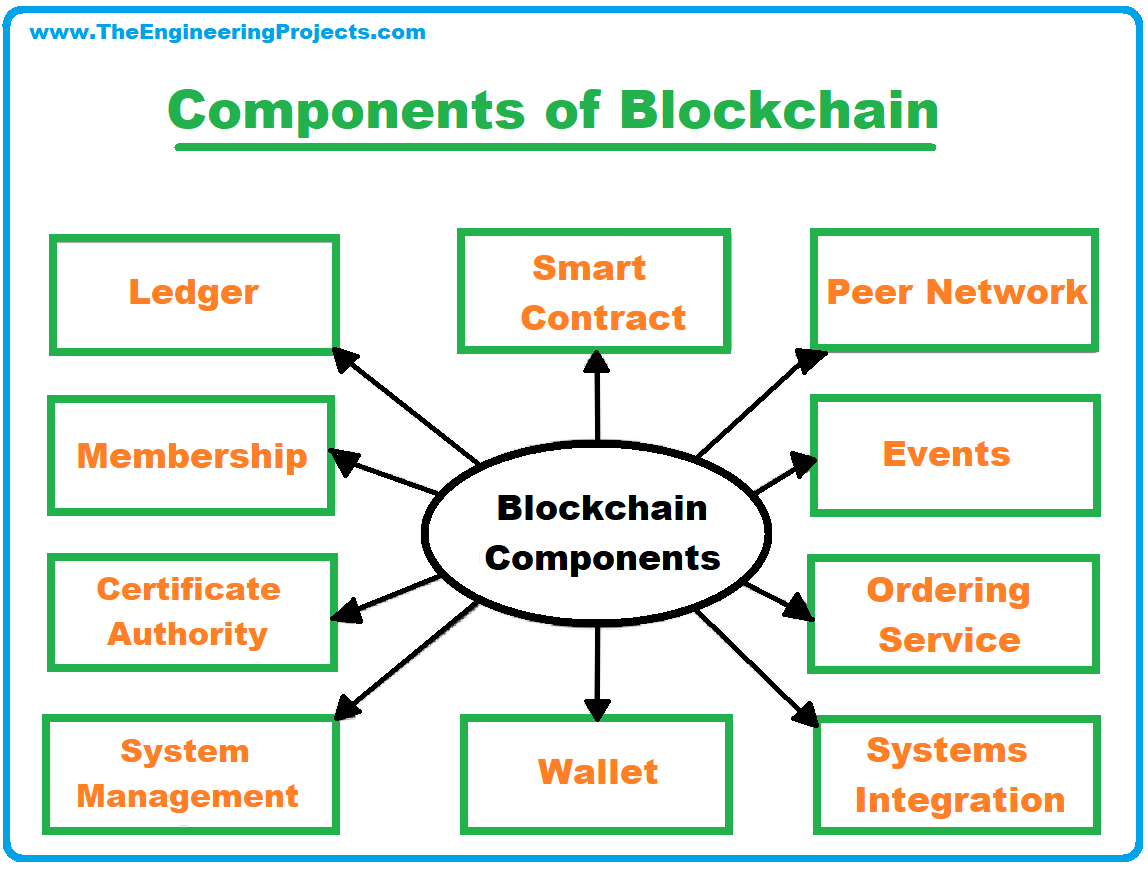
The concept of blockchain was introduced to the world by Satoshi Nakamoto although this concept was first described in 1991. The technology was introduced via bitcoin which is a cryptocurrency invented in 2008. You must have heard about this cryptocurrency already. Now I am going to move towards the introduction of blockchain in the next section.
What is Blockchain Technology?
- Blockchain is a distributed network that acts as a ledger and also as a system for transferring assets eliminating the need for centralized authorities.
- In simpler words, blockchain is a ledger for transactions but actually, it is more than that.
- I will explain this concept with a daily life example and then I will give you an idea about its structure.

Example Case:
In our traditional systems, all our money and assets are stored in banks. All transactions take place via banks and if I want to initiate a transaction on my own it is not possible and no money transfer can take place without involving these banks. So, in this case, the bank is the central authority. It contains a record of all our data, assets, and money transfers. Blockchain technology allows us to have control of our money without the involvement of a central party.
Structure of Blockchain

- Blockchain is an ordered structure, a list of ordered blocks.
- These blocks contain transactions and records.
- The blockchain is stored in the form of a database or a flat-file.
- Each block is linked to the previous block of the list, in such a way that all blocks are layered on top of each other.
- The first block of this list is the foundation and is termed as Genesis block.
- Each block in the list is called the parent block of the upcoming block.
Block Identification
- As I already explained how blockchain contains a list of blocks in the previous section.
- This list keeps on increasing day by day and in order to identify a particular block in the list, some identification parameter is needed.
- Blockchain technology uses cryptography for data security and therefore all data in a block is converted to a hash value.
- SHA256 algorithm is used for generating this hash value.
- Another parameter used for block identification is Block Height.
- This parameter shows the position of the block in reference to the first block that is the genesis block.
- Hash Value.
- Block Height.
Architecture of Blockchain

- The main feature of blockchain is decentralization, which means there is no central server or authority.
- All computers are linked to each other instead of being connected to one server.
- These systems are called nodes and they are connected in a peer-to-peer network.
- The database and all information are available and stored on each node. In other words, the information is distributed throughout the network instead of being copied.
- The peer-to-peer network and decentralization are the powerful features of blockchain and provide security and trust in this system.
Decentralization Example:
The concept of decentralization can be grasped by looking at the example of google drive. The shared content on Google Drive such as a document or a spreadsheet is accessible to a group of people. Some of them also have the right to edit those files. Let’s talk about that group. Each person in the group has the right to edit and change the document and each person has access to the updated file. Everyone can work simultaneously on the document. The same happens in the blockchain. Anyone has access to the data and anyone can add new data. The difference is that each change is recorded in the blockchain and cannot be deleted from blockchain history. This feature comes from the immutability of blockchain which I will explain in subsequent tutorials.
Components of Blockchain

Peer–Peer Network:
- Blockchain is a peer-to-peer network as I mentioned earlier in the previous section. The nodes or participants of the network are connected.
Transactions:
- Transactions that are contained in the blocks. These transactions represent the changes in state.
List of Blocks:
- A chain of blocks that contains all transactional data.
Consensus Rules:
- Another important component is a set of rules called consensus rules that are defined for confirming transactions ad agreeing on state changes.
State Machine:
- A state machine whose function is to process transactions.
Incentive Scheme:
- A process of giving incentives to nodes that participate in confirming and verifying the transactions.



